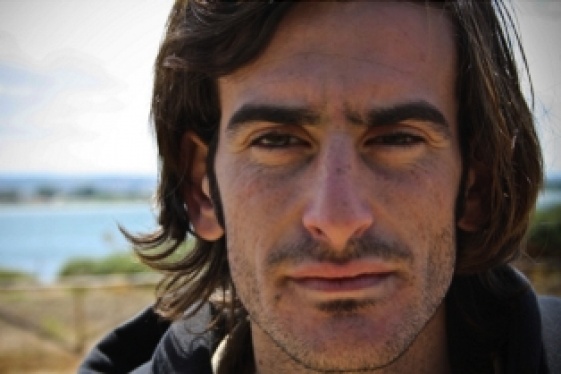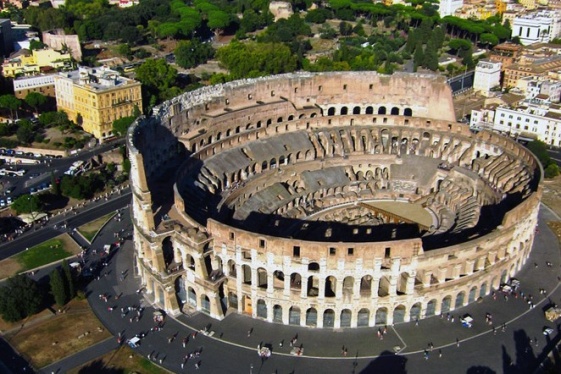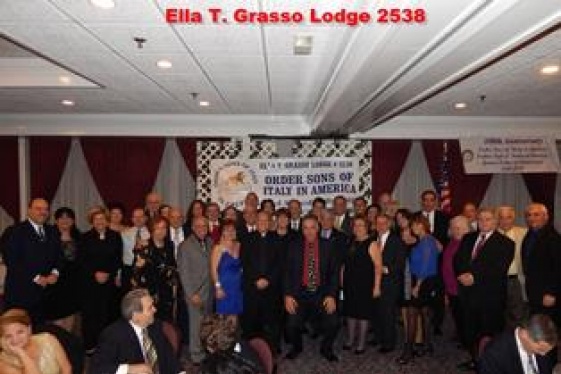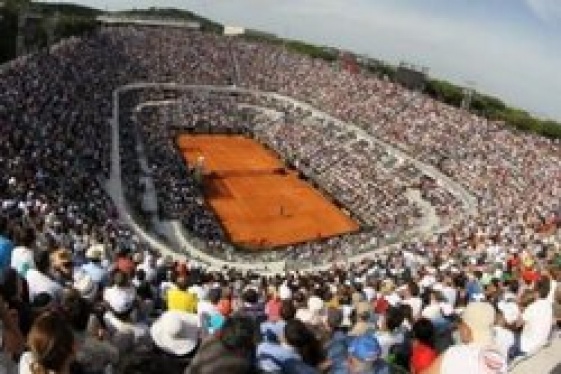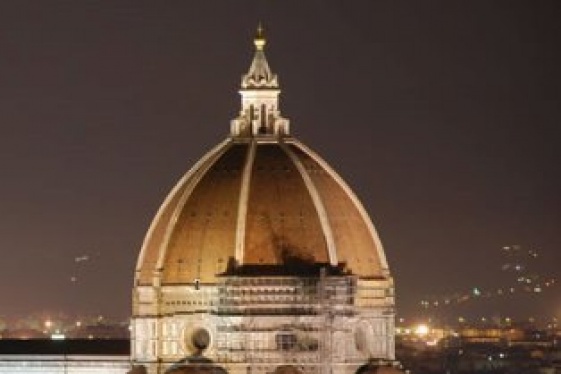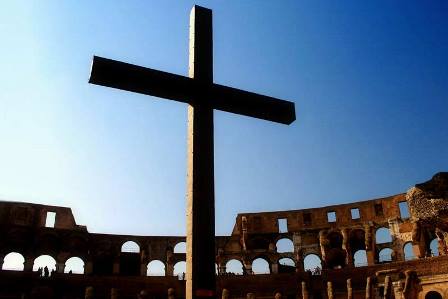

WTI Magazine #57 2015 April, 3
Author : Italia.it Translation by:
A visit to Italy during the Easter holidays is an experience of a lifetime: from north to south, cities and towns throughout the Peninsula are celebrating during this time, with processions, religious rites, holy representations, sagre or food fairs, and folkloristic traditions that center around the Passion of the Christ.
Holy Week marks several important events for the Christian faith: the Last Supper, the Washing of the Disciples' Feet, Jesus in the Garden of Gethsemane, the kiss of Judas, the Calvary, the death of Christ, Deposition, Burial and Resurrection.
On Maundy Thursday (on March 28th this year) is the evening dedicated to the Eucharistic Feast, with the Sepulchre or Tomb visits that take place in every parish (a reproduction of the tomb of Christ), in remembrance of the Last Supper.Leonardo Da Vinci's The Last SupperGood Friday, then, is the day for mourning and sorrow, while the city streets are illuminated with torches that procession along the Stations of the Cross.
On Holy Saturday, at midnight, church bells announce the Resurrection – moment of great joy that finally finds its culmination on Sunday. After the long phase of Lent, the faithful eat their Easter lamb, and enjoy candy eggs and dove-shaped sweets. The egg, symbol of fertility, of life and its renewal, is strongly linked to Easter and the beginning of spring, the blooming of nature.
Easter celebrations throughout the Bel Paese are many and diverse.
First off, in the north, Bormio (Sondrio) offers a sort of atonement rite as part of its Easter tradition, welcoming spring by blessing five lambs and holding races and contests among the city's quarters.
Moving to Italy's central-north, Easter fun includes the game Punta e cul in Urbania (Pesaro) featuring the egg as protagonist and revolving around ancient peasant traditions. The Egg Sagra and Palio animate Tredozio (Province of Forlì) with games, battles, and parade floats.
In Florence, rather, the dove is the protagonist of the famous Scoppio del Carro (Explosion of the Cart); the Scoppio dates back to the time of the First Crusade. The cart is led by white steers from Piazzale del Prato to the Duomo, and a dove (actually a species of pigeon in this case) lights the fireworks contained in the cart. Legend has it that if the explosion goes off without a hitch, the year ahead will be a good one for Florence!
Further south, in Sulmona (Abruzzo), the rite of Medieval origin, "Madonna che scappa" (lit. the fleeing Madonna) is a local favorite celebrated between the Roman aqueduct and Monte Marrone (in the Maiella National Park). It is a merry and festive procession that runs through the city streets, accompanied by the pealing of church bells and the colors and lights of fireworks.
Holy Week celebrations are also quite characteristic (and of ancient origin) in the islands of Naples Bay, Procida and Ischia. Particularly, on Ischia the Run of the Angel in Forio dates back to 1600, and reenacts the meeting between the Virgin and her Resurrected Son.
In the heel of Italy's boot, Apulia the Holy Week as celebrated in Ruvo di Puglia (Bari) is rich in charm, with evocative parades and processions that go as far back as c. 1600. Meanwhile, in the toe, Calabria, folk traditions predominate, like those in Civita and Frascineto, where the Vallje, or Arbresh folk dances and songs fill the air. The arbëreshë songs, in Albanian dialect, were first composed in the 1800s. They are also sung during the Good Friday procession in Spezzano Albanese (Cosenza).
Then, the Holy Week rites of Sardinia are rather suggestive, and among the most peculiar are the Scrocifissione in Oliena (Nuoro), in which men and women search for the Resurrected Christ, stopping at all the area churches every day until Saturday, when a statue of Christ is found.
Of course, Sicily also participates in Easter holiday rites deriving from its own local and longstanding customs and traditions. Pilgrimages and processions of people and animals in mask make their way through the city streets. Much of the population takes part in the parades and holy representations. Visitors should witness the rites in existence since the Spanish domination over Enna, as well as La Real Maestranza procession in Caltanissetta, the Procession of the Mysteries in Trapani, and the celebrations in Prizzi and Adrano, in which the masks of Death and Demons make their appearances.
For all those that plan to visit Rome during Easter Week, the Via Crucis procession and Easter Sunday Holy Mass – in the magnificent setting of St. Peter's Square – are musts.
You may be interested
-
Davide Gambino è il miglior "Young Italian F...
Si intitola Pietra Pesante, ed è il miglior giovane documentario italiano, a detta della N...
-
Exciting Palatine. Interview with Clementina...
You can tell she fills with excitement when she has the chance to show an important archae...
-
Il Console Generale Usa: su turismo e seta s...
In mattinata ha incontrato il sindaco di Como, Mario Lucini, assieme all'assessore Gisella...
-
Italian American Culture Night
Tuesday, April 14 - 6.30 pm EDTSt. James Church Rocky Hill - 767 Elm St, Rocky Hill,...
-
Italian Open's History and Records: A tale o...
For Italians, and Romans in particular, the Open is not just a tennis tournament where cha...
-
Lecture and Concert that bring Italy to New...
Saturday, february 28 - 7 pm ESTChrist & Saint Stephen's Church - 120 W 69th St,...
-
Small and Medium Enterprises as the Italian...
by Claudia Astarita A recent study on 120 artisan SMEs of excellence – conducted...



